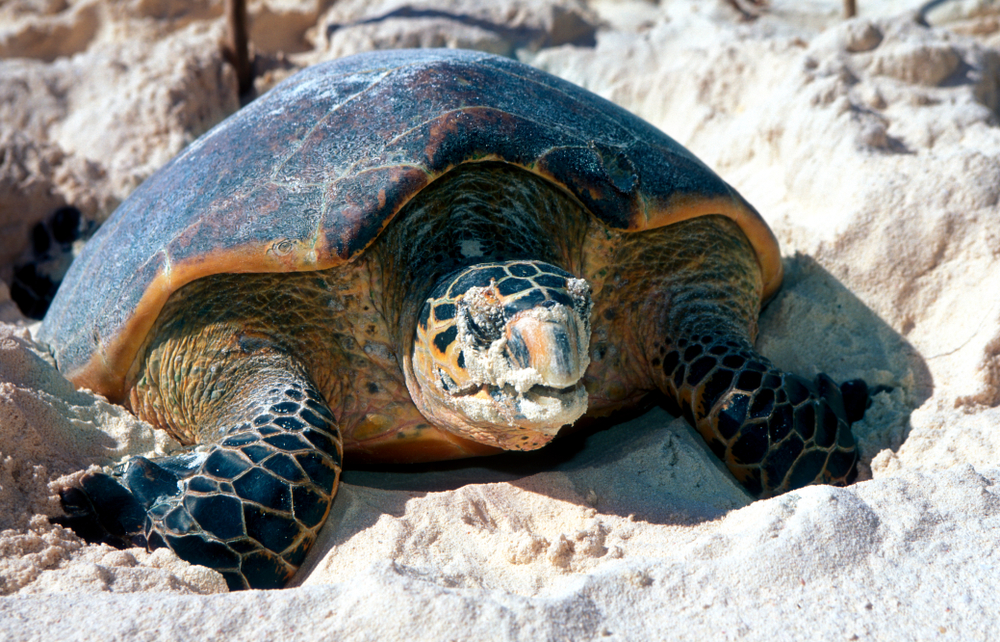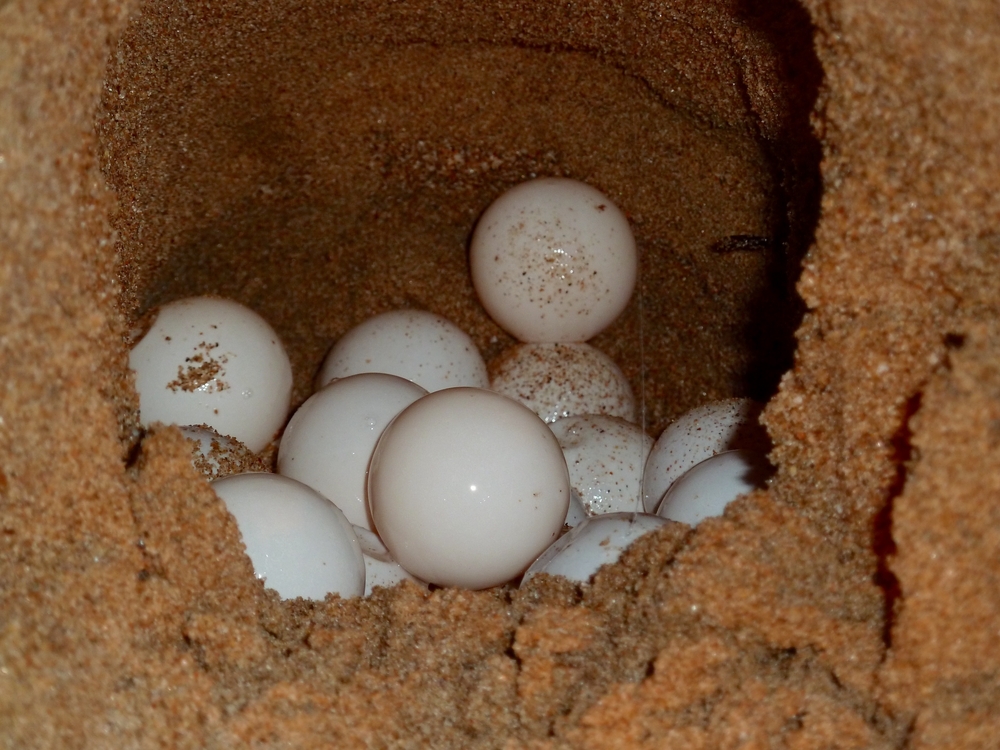Turtle Nesting Season has Started in the Caribbean
by Lou-Ann Jordan Jun 6, 2022

The marine turtles’ nesting season was recently declared open.
Every year, female sea turtles make their long trek to our shores to lay their eggs. Watching these beautiful creatures on the beach is a wonderful experience for adults and children. If you and your family haven’t tried it yet, we recommend it, but remember to be mindful of not disturbing the turtles!
This activity will also require keeping the kids up late, as female turtles typically make their way to the beach after nightfall. The turtles rely on darkness to come ashore and lay their eggs safely.
And did you know that these mothers make the long journey across the ocean to lay their eggs on the exact beach where they once hatched? Amazing!

Turtle Nesting Grounds in the Caribbean
Whichever island you’re on, there will likely be opportunities to experience this wonder of nature. Several Caribbean islands’ shores have become nesting grounds for the leatherback, loggerhead, hawksbill and green turtles. For example, Trinidad is known for hosting the hemisphere’s largest aggregate of leatherback turtles. The turtles are found on the Grand Riviere and Matura beaches.
In Grenada, Levera Beach is also home to a large population of nesting leatherbacks. Additionally, the island is visited by the hawksbill, loggerhead and green sea turtles for nesting and foraging. Other Lesser Antilles islands such as St. Lucia, St. Vincent, St. Kitts, Antigua, Aruba, Bonaire and BVI coastlines also host varying species. For several of these countries, the nesting season remains open until August.
However, if you’re in Cayman, there is a shift as turtle nesting occurs from May to November. There is also a slight difference in Jamaica where it begins in June. But you can still enjoy watching this age-old ritual because the Cayman Islands, Jamaica, the Bahamas and Turks & Caicos similarly host populations of the loggerhead, green and hawksbill species.
We encourage you to contact your local conservation authorities or an authorised tour company for this activity. Also, while on your visit, remember that sea turtles are endangered species, so be careful to follow your guide’s instructions.
We want them around to keep making their annual visits for a long time.








